Could you first introduce yourself to the reader?
My name is John Offenbach. I have been a photographer for 30 years. For the last four years I have been travelling the world taking portraits of Jews.
Describe your work “JEW” in 3 words.
Truthful, Diverse, People.
What is the premise of “JEW” and what inspired this work?
A number of years ago, I was on a photographic assignment in a Jewish neighbourhood in Brooklyn NY. I was accompanied by a uniformed patrol. Asking them what sort of crime they encounter in the neighbourhood, they said there was some fraud, and some accounting irregularities. I found this surprising.
A number of years later I Googled, ‘how many Jews are there on death row?’ There were quite a few, up to 20 in Florida alone. They had been overlooked as part of normal Jewish discourse. I knew there was a story to tell, so I set about photographing Jewish people from as many walks of life as possible.
You travelled to 12 countries creating this art. Explain more about how this impacted your artistic process.
I knew there were black Jews and Jews of colour in Ethiopia. However, before I began the project, I had no idea there were ethnically Chinese looking Jews from Kaifeng in China, or Mountain Jews in a remote town called Quba in Azerbaijan.
What do you hope this exhibition will achieve?
I hope the exhibition will interest people on a number of different levels. On one, that Jews come in all ‘shapes and sizes.’ Not just the banker or the lawyer Jew, but the homeless Jew, the murdering Jew, and the rape victim Jew: these people also exist.
On another level the question, ‘who is Jewish anyway?’ came up a number of times along the way. Something which might seem straight forward initially can get a little porous or subjective around the edges.
Lastly, if in a small way I can be a part of the anti-semitic conversation, challenging a common polemic, I would like to show that there is more than one kind of Jew.
Who is August Sander and how has he influenced your artistic work?
August Sander was a photographer working in Germany mostly between the wars. In a lifelong project, he photographed portraits of German people, many of them titled by an occupation, such as Farm Worker or Politician.
The work became known in a collection of volumes entitled People of the 20th Century. I had known of Sanders work for many years before I began, but I always appreciated his even-handedness with his subject, his objectiveness and his ambition to deliver the truth.
You said, “Each sitter is a normal person with a normal face, and I wanted to celebrate this normalcy.” Do explain more about this idea.
In any society, normally you find a rage of people, not just the great and the good. As I mentioned earlier, you also find the homeless Jew as well as the rich Jew, the criminal Jew as well as the lawful.
Did you face any particular challenges during the project?
Certain institutions were tricky to get in to. For example, photographing in a Miami prison. There were a lot of hoops I had to jump through to get the accreditation to enter and photograph.
How did you get into an arts job? Have you also worked outside the arts?
My family were not in the arts. My entry into photography was a well-trodden route. I was an assistant for four years, (I trained under photographer Nadav Kander for a number of years). It’s an old-school apprenticeship.
Have you noticed any changes in the art industry? If so, what?
It goes without saying that Instagram has changed photography enormously. Not that I have any beef with Instagram, I find it a fun playground. But it does lend itself to ‘instant’ photography, (it’s in the name). Before starting ‘Jew’ I wanted to do something that was slower, and more thoughtful.
You’ve been granted the ability to send a message to 16-year-old you. What do you say?
Get off your phone! Look, with your eyes.
Do you have any advice for young people interested in doing your kind of job?
Show up with alacrity, don’t give up at the first hurdle.
How can people find out more?
Visit The Jewish Museum London, Raymond Burton House, 129 – 131 Albert Street, London NW1 7NB (nearest tube: Camden)
The exhibition runs from 15 November 2019 – 19 April 2020.

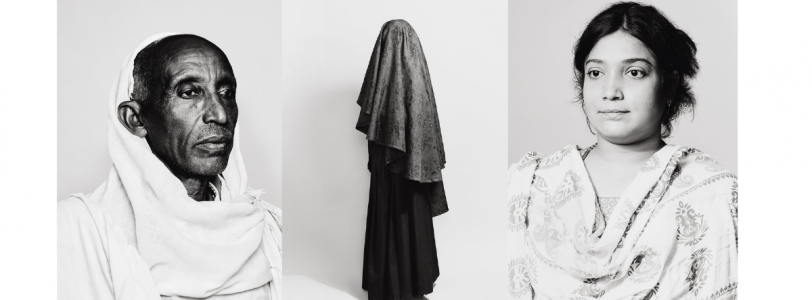
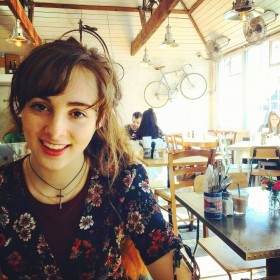
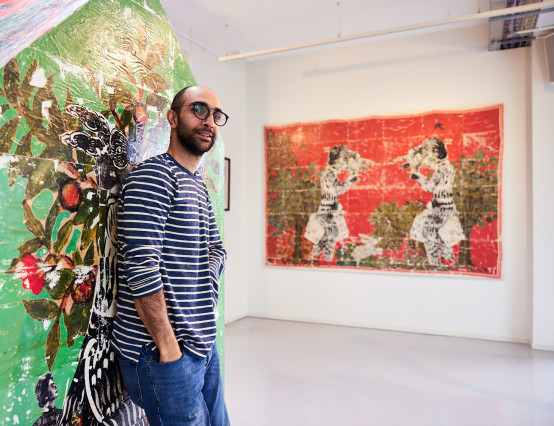
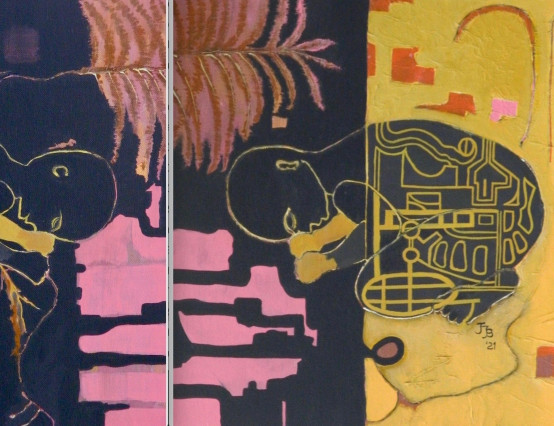


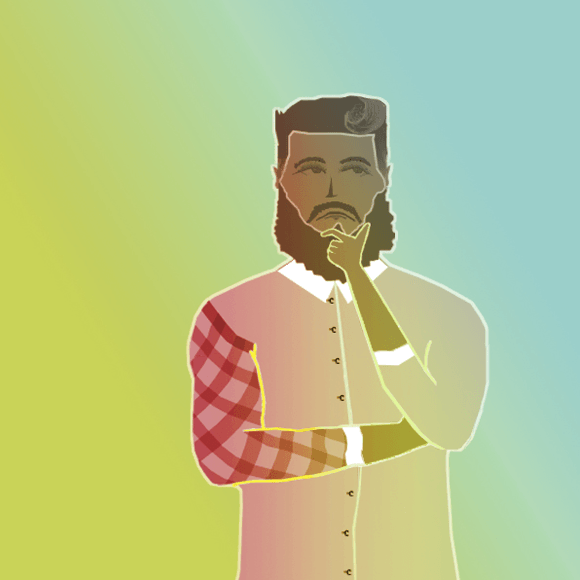
0 Comments